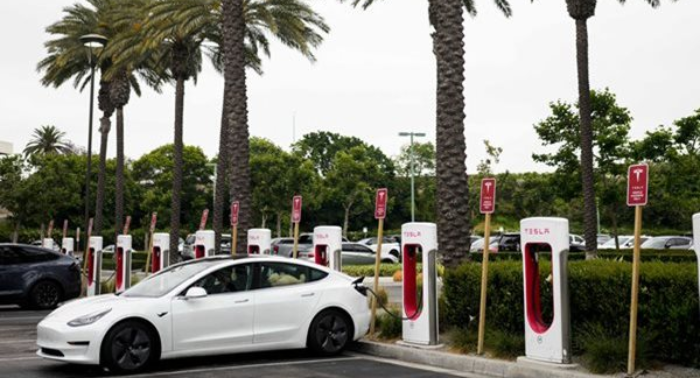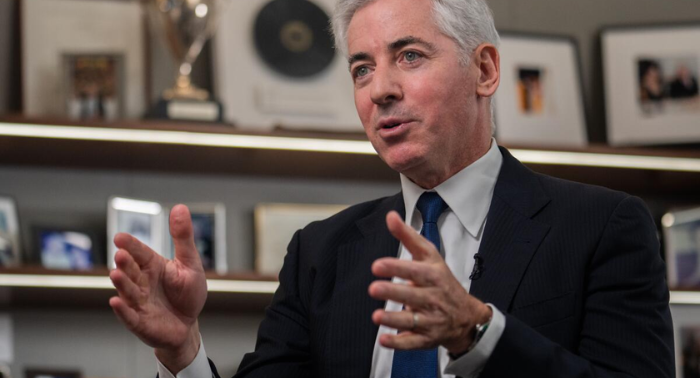Next week, the U.S. Environmental Protection Agency (EPA) is slated to conduct a hearing to deliberate on the approval of California’s ambitious initiative that mandates all new vehicles sold in the state by 2035 to be either fully electric or plug-in hybrid electric models. This groundbreaking move by the California Air Resources Board (CARB), set in motion in August 2022, aims to halt the sale of solely gasoline-powered vehicles by 2035.
In May, CARB requested the EPA to grant a waiver under the Clean Air Act, allowing this significant environmental proposal to advance. The EPA has scheduled a public hearing for January 10 and will accept written feedback until February 27 on this request.
The acknowledgment from CARB came for the EPA’s decision to organize this crucial hearing. California’s stringent regulations, which begin to take effect in 2026, necessitate an annual increase in the sales of zero-emission vehicles. These regulations have been adopted by over a dozen other states.
Despite these efforts, the Biden administration has consistently declined to commit to a specific timeline for phasing out gasoline-only vehicles. In contrast, a recent EPA draft, unveiled in April, proposes major reductions in vehicle emissions through 2032. To meet these targets, it’s projected that automakers will need to achieve 60% production of electric vehicles (EVs) by 2030 and 67% by 2032. However, automakers are lobbying for a relaxation of these stringent guidelines, with a final decision expected shortly.
In an opposing move last month, the Republican-majority U.S. House of Representatives voted against permitting the EPA to implement these emission standards, a decision immediately met with a veto threat from the White House.
Former President Donald Trump, who has announced his candidacy to challenge President Biden in the 2024 election, has pledged to overturn these EV regulations.
The implementation of California’s zero-emission vehicle regulations is expected to reduce pollution from light-duty vehicles by 25% by 2037. The plan dictates that by 2026, 35% of new vehicle sales must be plug-in hybrids (PHEVs), EVs, or hydrogen fuel cell vehicles. This percentage is set to increase to 68% by 2030 and reach 100% by 2035.
According to the California waiver application, the zero-emission vehicle regulations, spanning until 2040, will incur costs of $210.35 billion but yield benefits totaling $301.41 billion. Furthermore, CARB’s guidelines permit automakers to sell up to 20% of PHEVs by the year 2035.




